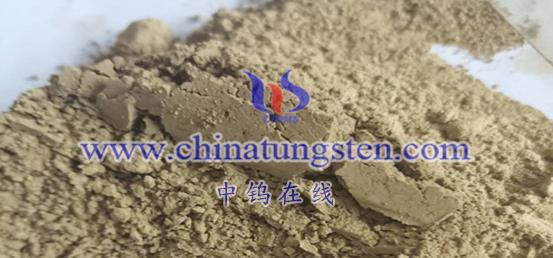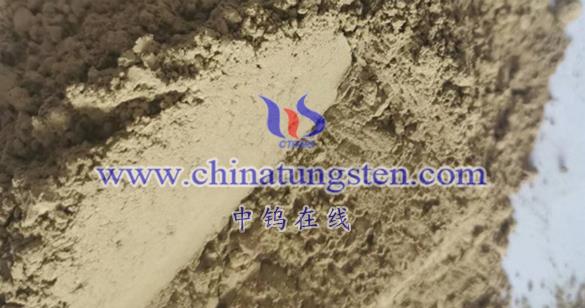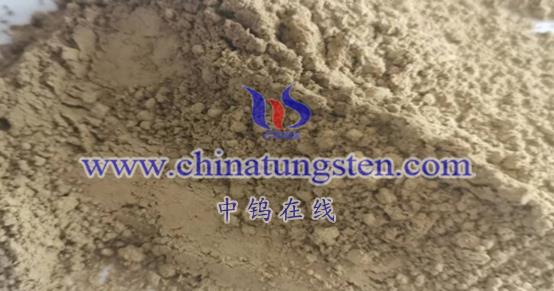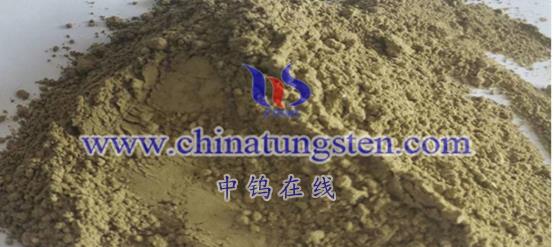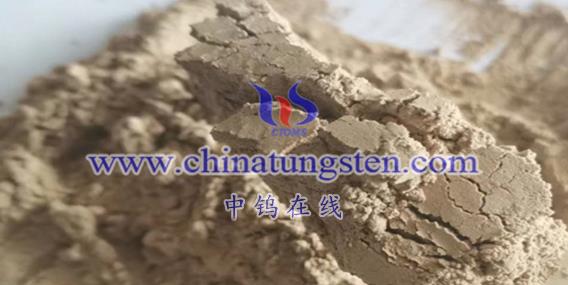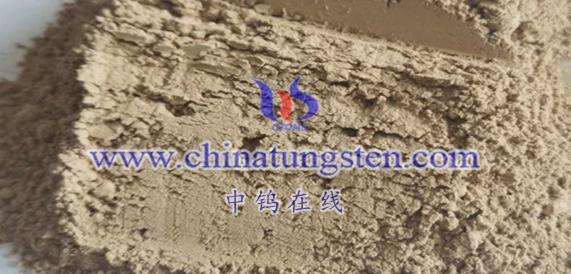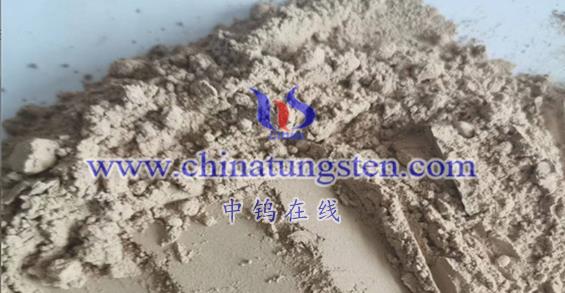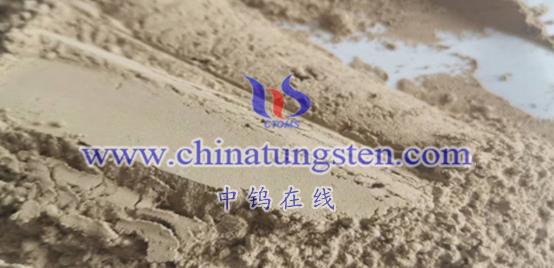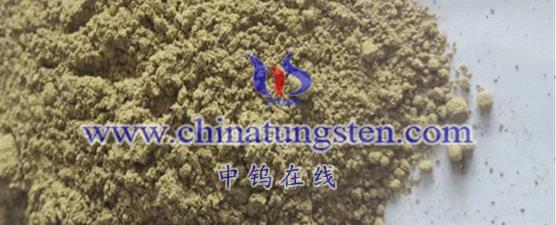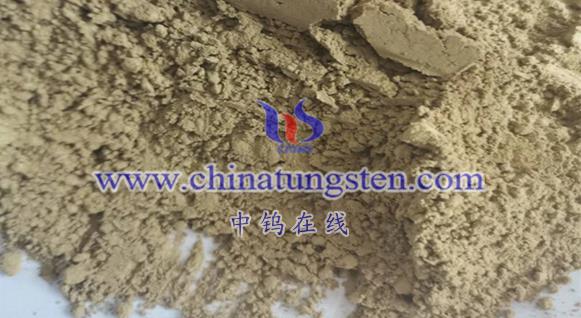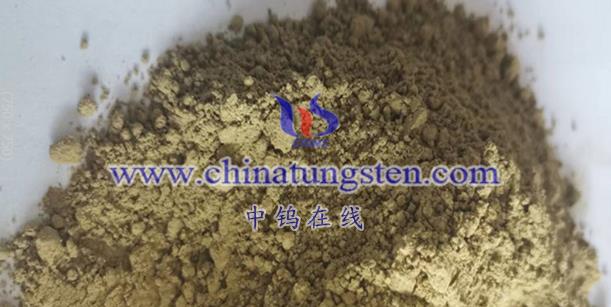
Oxygen vacancy nano tungsten oxide, particularly in the form of nano WO3, holds significant promise due to its unique electronic structure and physicochemical properties. Here’s a detailed overview of its application prospects across various fields:
- Energy Storage Field
- Lithium-Ion Batteries: As an anode material, oxygen vacancy nano tungsten oxide boasts a high surface area and surface defects, which enhance the material’s adsorption capacity and active surface area. This increases the contact area between the electrode and the electrolyte, improving charge transfer rates and ionic diffusion. Consequently, it can elevate the energy density, cycling stability, and power output of batteries, making it suitable for high-performance applications in electric vehicles and portable electronic devices.
- Supercapacitors: Its excellent conductivity and charge transfer capabilities make oxygen vacancy nano tungsten oxide suitable for supercapacitors. This material can provide higher specific capacitance and charge-discharge performance, supporting applications requiring rapid charge and discharge along with high energy density.
- Optoelectronic Field
- Photocatalysis: Oxygen vacancy nano tungsten oxide demonstrates outstanding photocatalytic properties, enabling it to catalyze various chemical reactions under illumination, such as water splitting for hydrogen production and the degradation of organic pollutants. With a bandgap of approximately 2.5 eV, it shows potential photocatalytic activity in the visible light spectrum below 500 nm, offering new avenues for environmental remediation and energy conversion.
- Solar Cells: Used as an absorption layer or interfacial modification layer in solar cells, oxygen vacancy nano tungsten oxide can enhance the material’s light absorption and charge transport performance. This improvement can lead to higher photovoltaic conversion efficiency, thereby reducing solar power generation costs and promoting the widespread adoption of renewable energy.
- Sensor Field
- Gas Sensors: Oxygen vacancy nano tungsten oxide is highly sensitive to various gases, making it suitable for fabricating gas sensors. In applications such as environmental monitoring and industrial production, it can detect flammable gases, toxic gases, and assess food freshness, thus providing crucial safety and environmental protection.
- Gas-Sensitive Sensors and Gasochromic Devices: Leveraging its excellent gas sensitivity and n-type semiconductor characteristics, oxygen vacancy nano tungsten oxide can also be used to create gas-sensitive sensors and gasochromic devices. These devices have broad application prospects in smart homes and environmental monitoring.
- Other Fields
- Self-Cleaning and Antibacterial Materials: Utilizing the photocatalytic properties of oxygen vacancy nano tungsten oxide, it can be employed to develop self-cleaning and antibacterial materials. These materials have significant potential in building materials and household products, enhancing the value and user experience of such products.
- Electronic Devices: In electronics, oxygen vacancy nano tungsten oxide serves as a key material for producing high-performance electronic devices due to its superior electrical properties. With ongoing advancements in electronic technology, its application prospects will continue to expand.
Oxygen vacancy nano tungsten oxide exhibits extensive application potential in energy storage, optoelectronics, sensors, and various other fields. With continuous scientific and technological advancements, its performance is expected to improve further, providing robust support for the development of numerous applications.
More details of tungsten oxide product, please visit website: tungsten-oxide.com
Please contact CHINATUNGSTEN for inquiry and order of tungsten oxide:
Email: sales@chinatungsten.com
Tel.: 86 592 5129595
